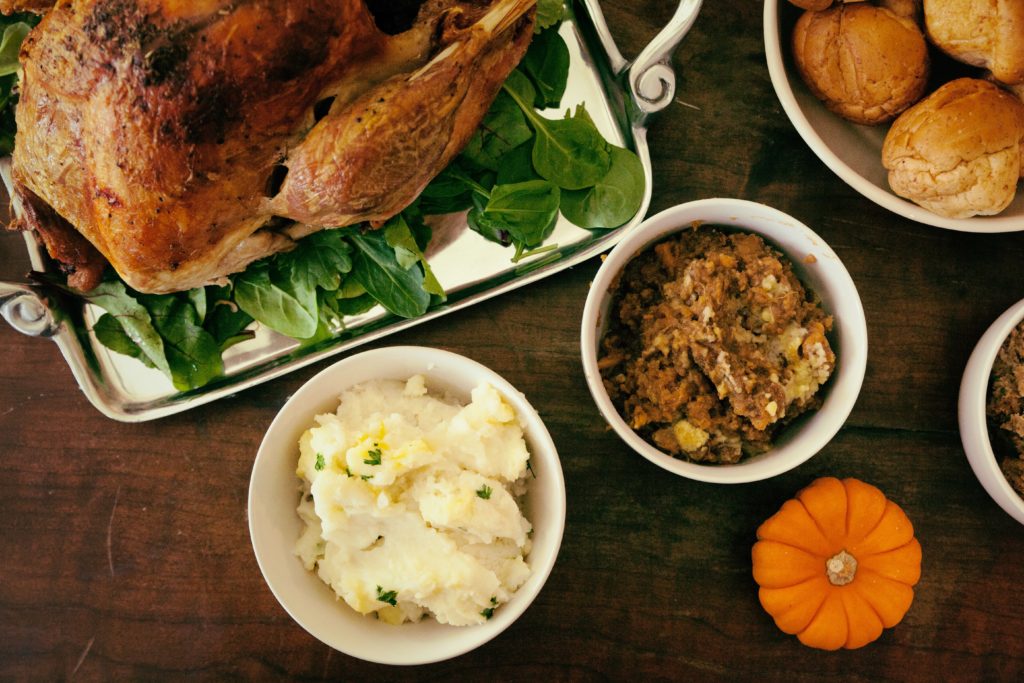By Makesha Conzuelo
Edited by Natalie Grace Sipula
If you’ve ever been to Washington state (or if you’ve seen any of the Twilight franchise films) then you’ll know the state is well known for its constant rainy days. Just as Californians always expect sun, we always expect rain. Being from Washington, I can attest that when summer rolls around, everyone makes sure to take advantage of the sunny days. Now that we’ve added our corgi Benji to the family, that means I’ve had the chance to learn about what I should do to keep him safe while enjoying the sun with us. Here’s a bit of what I’ve learned so far and what can help you as well if you’re a first time dog owner.
While there are a lot of perks to summer, it also poses special risks to our dogs. More walks and longer outings can lead to an “…increased exposure to ticks and other insects, to sunburn, and even heatstroke.” (akc.org, 2019). A lot of tips can be applied to any pets you have in your household; making sure their water bowls are filled, providing shady spots to escape the sun. In particular, you want to make sure you open your car windows if there isn’t air conditioning-on a hot day, it can reach 100 degrees in just 20 minutes (akc.org, 2019). You can also research tips for your specific dog’s breed.

Since we commonly take our dogs out more than any other pet, there are more safety precautions we can take to make sure they are being safe in the sun.
Going on walks
With the sun heating up asphalt and sand, prolonged exposure can burn their paws. If your schedule allows it, try walking them earlier in the day and later in the evening when temperatures will be cooler. If the ground is too hot for you to touch, then your dog probably shouldn’t be walking on it either. You may consider purchasing dog boots for them, however finding a brand that fits them well may be a challenge and your pet may not ever get used to them. As always, if in doubt, be sure to consult with your veterinarian.
If it’s not too hot out, then you might consider going for a hike.
Hiking may seem pretty straightforward, but there’s a lot of safety precautions to consider for both humans and dogs alike. For our furry friends, we want to make sure they
- Are up to date on their vaccinations
- Have a good harness, not just their collar and leash combo
- Have a water bottle specifically for them
- Are a type of breed that will enjoy hikes
Prefer the water? Grab that life jacket!
With it being cold and rainy most of the year, Washingtonians jump at the chance to go to the lakes and beaches to take a dive.
Most dogs love it too, so make sure to get them a life jacket that fits them well so they too can enjoy the water in a safe manner. It’s a good idea (once their life jackets are on) to introduce them to the water slowly and with positive reinforcement before having them hop onto a kayak or paddle board so they know what to expect in case they ever fall in.










